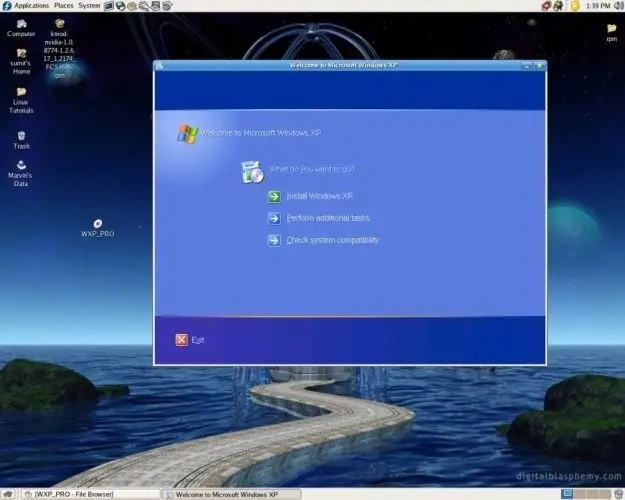The need to update the operating system files is associated with increasing its security and stability. Nevertheless, it is not uncommon for certain problems to arise after installing the next update. In this situation, the user begins to think about how to remove the installed updates.

Instructions
Step 1
Remember to create a restore point before starting the update. This will help, in case of any problems, return the system to its previous state. To create a restore point, open: "Start" - "All Programs" - "Accessories" - "System Tools" - "System Restore". Select "Create a restore point", click "Next". In the window that opens, specify the name of the point to be created - for example, the date of creation.
Step 2
If the system does not work correctly after the update, try uninstalling the updates. Open: "Start" - "Control Panel" - "Add or Remove Programs". At the top of the screen, find the item "Show updates" and check the box next to it. After that, you will be able to uninstall the installed updates. In the event that for some reason this failed or the rollback did not lead to the desired changes, try to restore an earlier state of the system through the previously created checkpoints.
Step 3
It is possible that you did not create any checkpoints. Try to find them anyway, since the system itself creates such points when installing programs, drivers, etc. In the recovery window, the days for which checkpoints were created are in bold. Select such an item and carry out the recovery procedure.
Step 4
Unfortunately, in many cases, the recovery procedure does not help. If you have an installation disc, reboot and start the system from it in recovery mode. In this case, all modified files will be replaced by their originals from the CD. Your data will not be affected.
Step 5
There is another recovery option - reinstalling the operating system in update mode. Boot the computer, insert the OS disc into the drive. Select Windows installation from the menu that opens, then - this is important! - when a new window appears, select the "Update" option. In this case, all your settings, programs and documents will be saved.
Step 6
Considering that some failures are always possible, before updating, save important data to an external media or to another drive - that is, not the one on which you install the OS. If you have one disc, split it into at least two. One will have the OS, the second will store all the data. This option significantly increases the safety of information - even in the event of a complete OS crash, your files on the second disk will not be damaged.






